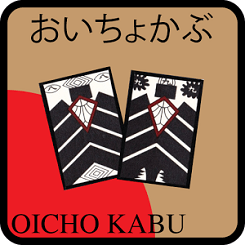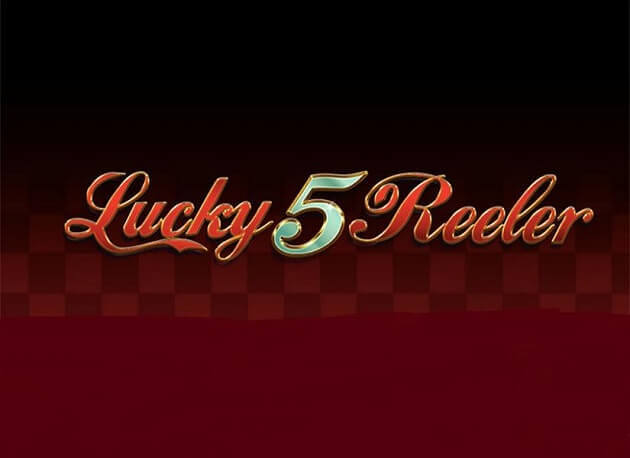The Traditional Card Game Of Oichu-Kabu
Oichu-Kabu is a Japanese card game that can be played by multiple players. The name comes from the Portuguese slang term “cavo” meaning a wager or bet. This may have been picked up from Portuguese traders in Japan in the 18th century. There is also a possible connection with the Korean card games played called Gabo games.
The word Kabu is also related to the cards used to play the game of Oichu-Kabu, called Kabufuda cards. Players can also make use of Hanafuda cards with some minor alterations to the deck. The aim of the game is to get a point total s close to nine as possible, and in many ways the game can be considered a variation of baccarat. Players incidentally can also use a western 52 card deck to play Oichu-Kabu. Players just need to remove the jacks, queens and kings and count the ace card as a one. The name Oichu-Kabu means Eight Nine in Japanese referring to the aim of the game, which is to get as close to nine as possible. You have a dealer in the game that you need to try and beat, as with Baccarat or Black Jack.
How To Play Oichu-Kabu
In Oichu-Kabu, the aim of the game is to reach a total of 9 with your cards. The last digit counts if your total hand is more than 10, for instance if your cards total 12, then your hand value is 2.The worst hand in Ochi-Kabu is an eight, a nine and a three, this hand is phonetically pronounced as Ya-Ku-Za, which is the origin of the name for Japanese organized crime syndicates, the Yakuza.

Deck Variations to Play Oichu-Kabu
Ochi Kuba is traditionally played with Kabufuda cards. The Kabufuda deck consists of 40 playing cards, each with a numerical value on them varying between 1 and 10. The cards in a Kabufuda deck are smaller than Western playing cards. They are also firmer and thicker than standard western cards and as such they are more durable. The cards feature four designs for each cards value. These designs can have a wide variety of designs on them. Some emperors during the Edo period would even print poems on each card. It is difficult to trace the origin of these cards; they are most closely related to the other Japanese standard deck, Hanafuda cards. Some theories link the cards to the Tujeon card games from Korea. They are also associated with the Ganjifa cards game, Komi. This originated in India and could have spread to Japan via China.
Playing Oichu-Kabu With Flower Cards
Hanafuda cards can also be used to play Oichu-Kabu. Hanafuda means flower cards in Japanese. The cards feature 12 suits. Each suit represents a month of the year and each suit will feature four cards. These four cards consist of two regular cards and two special cards. Cards do have face values but very few games actually make use of or reference these face values, except Oichu-Kabu of course. In order to use the Hanafuda deck to play Oichu-Kabu, you will need to remove two months from the standard Hanafuda deck. Traditionally November and December are removed.


